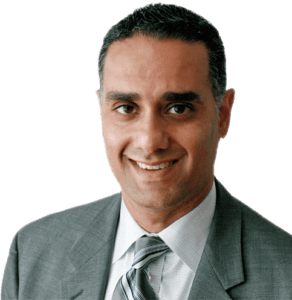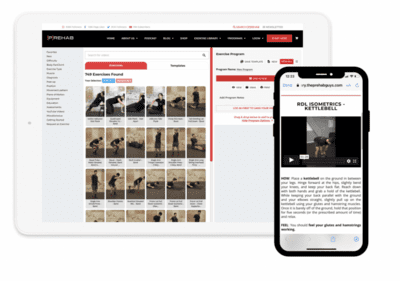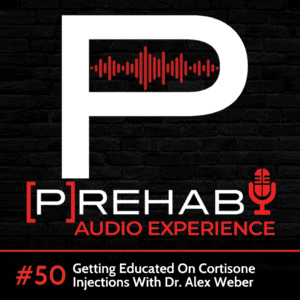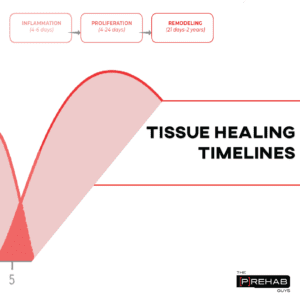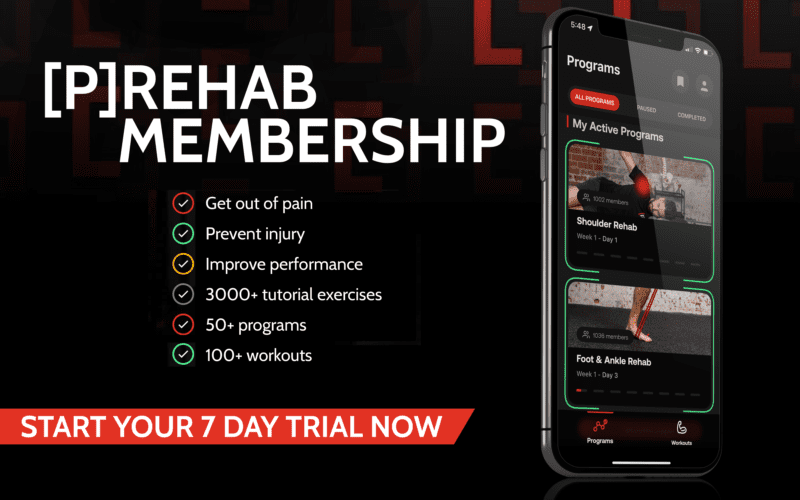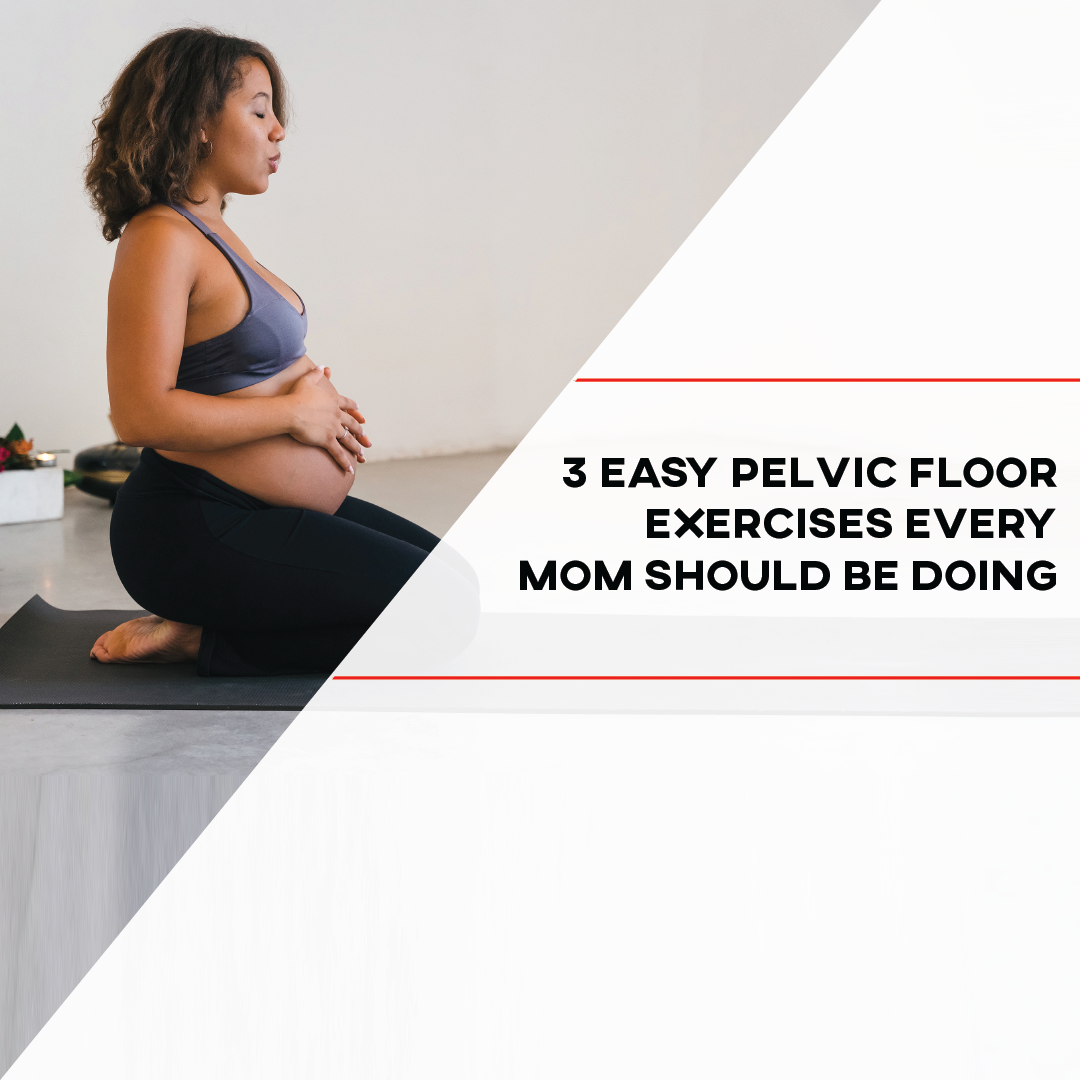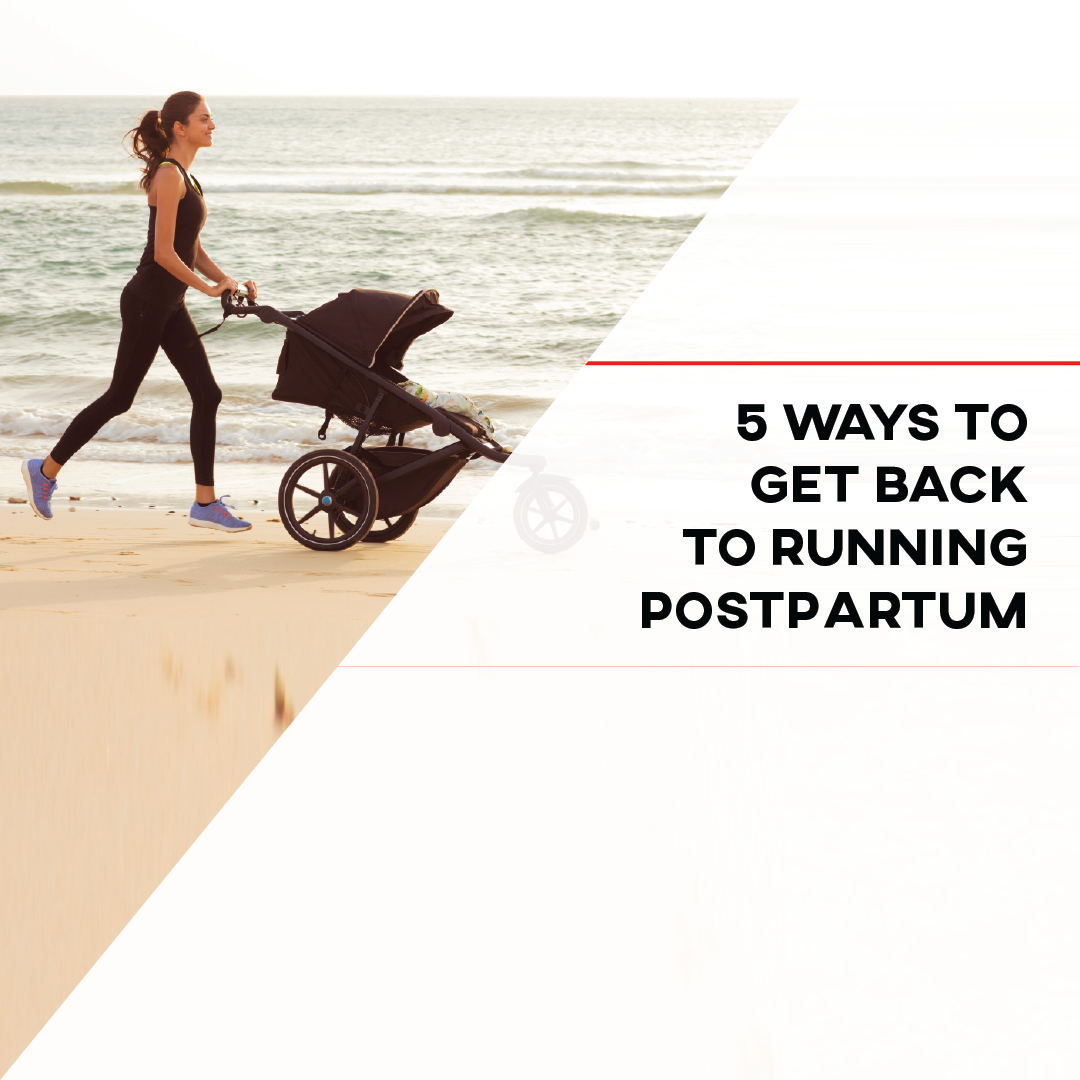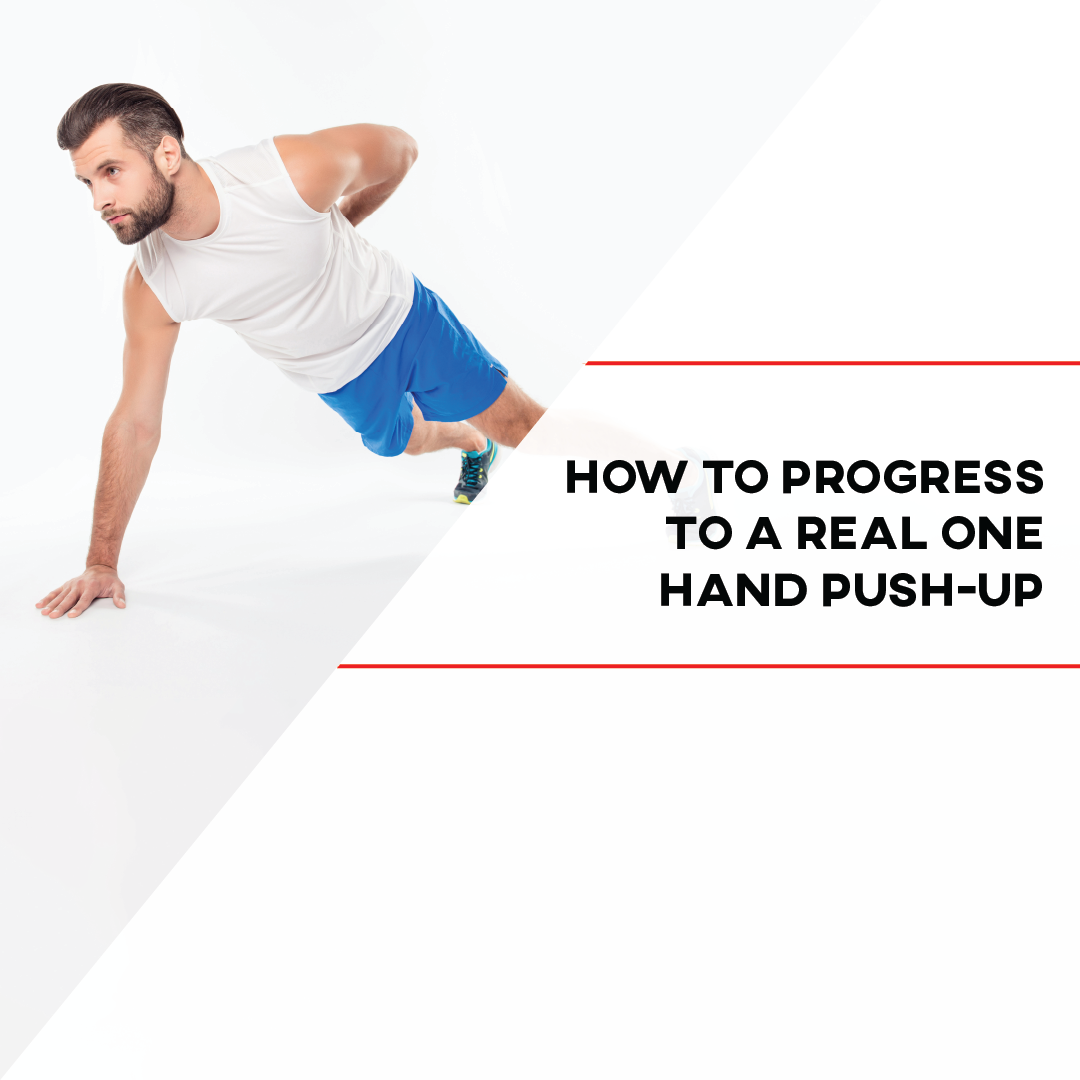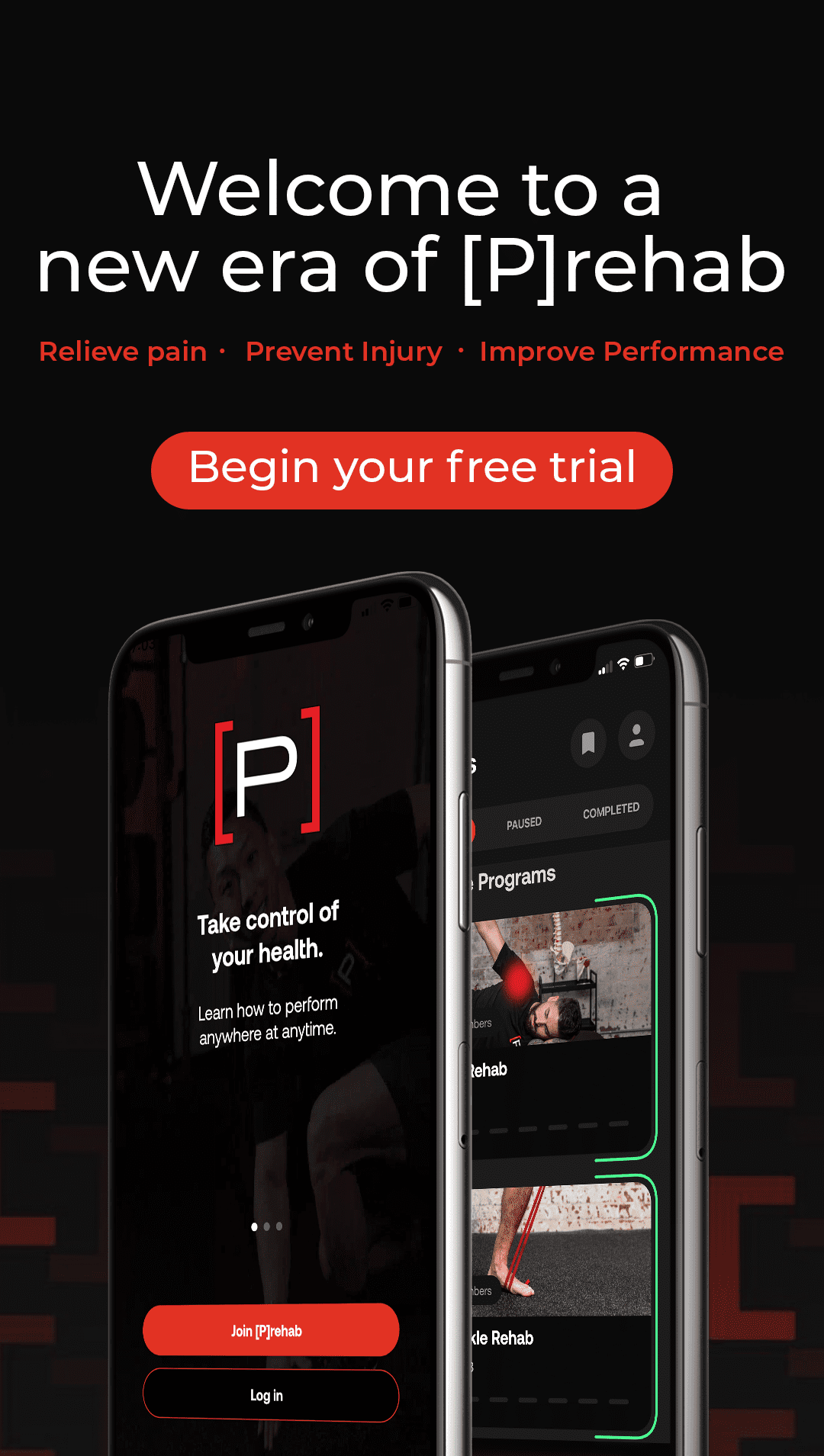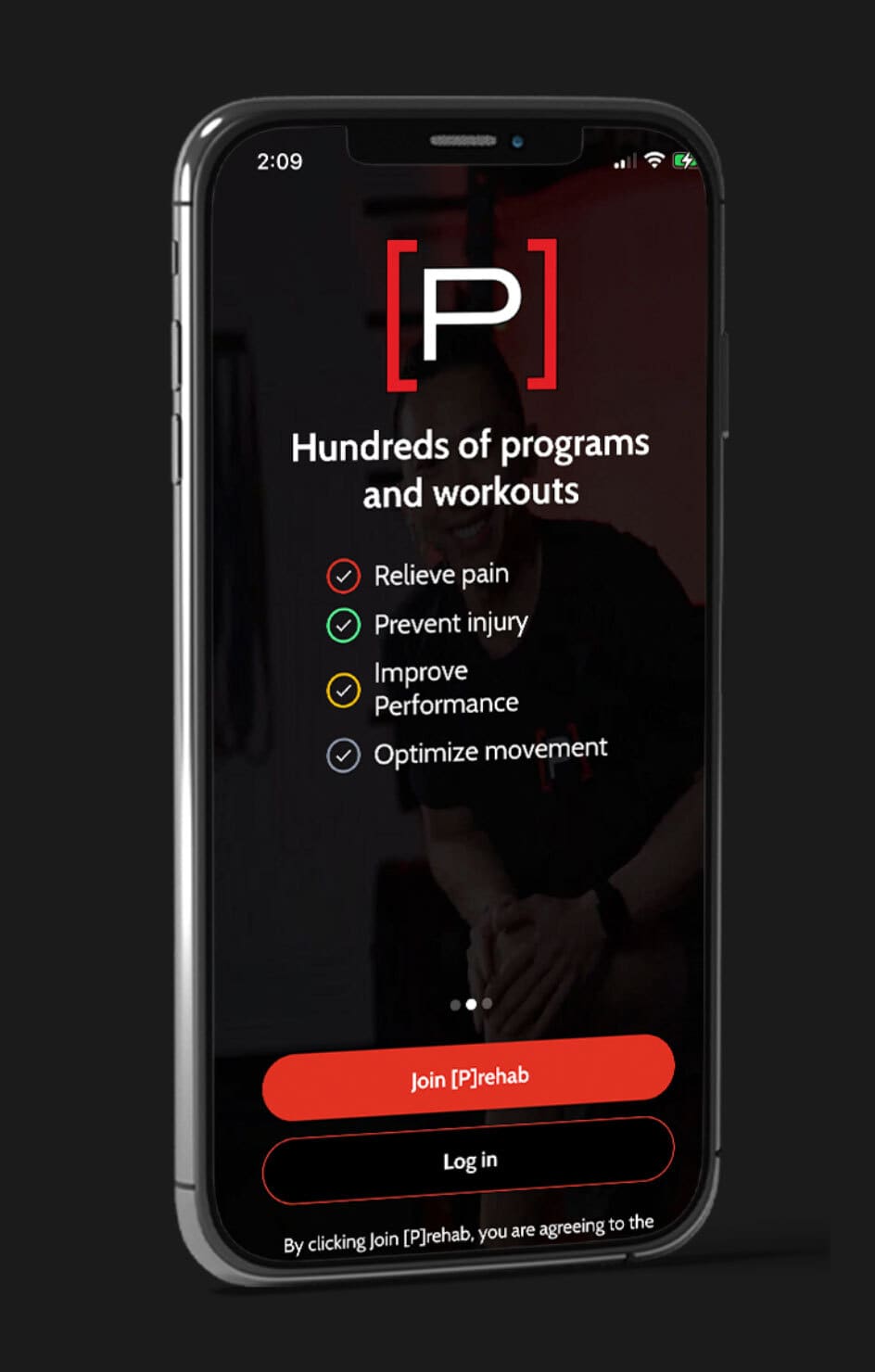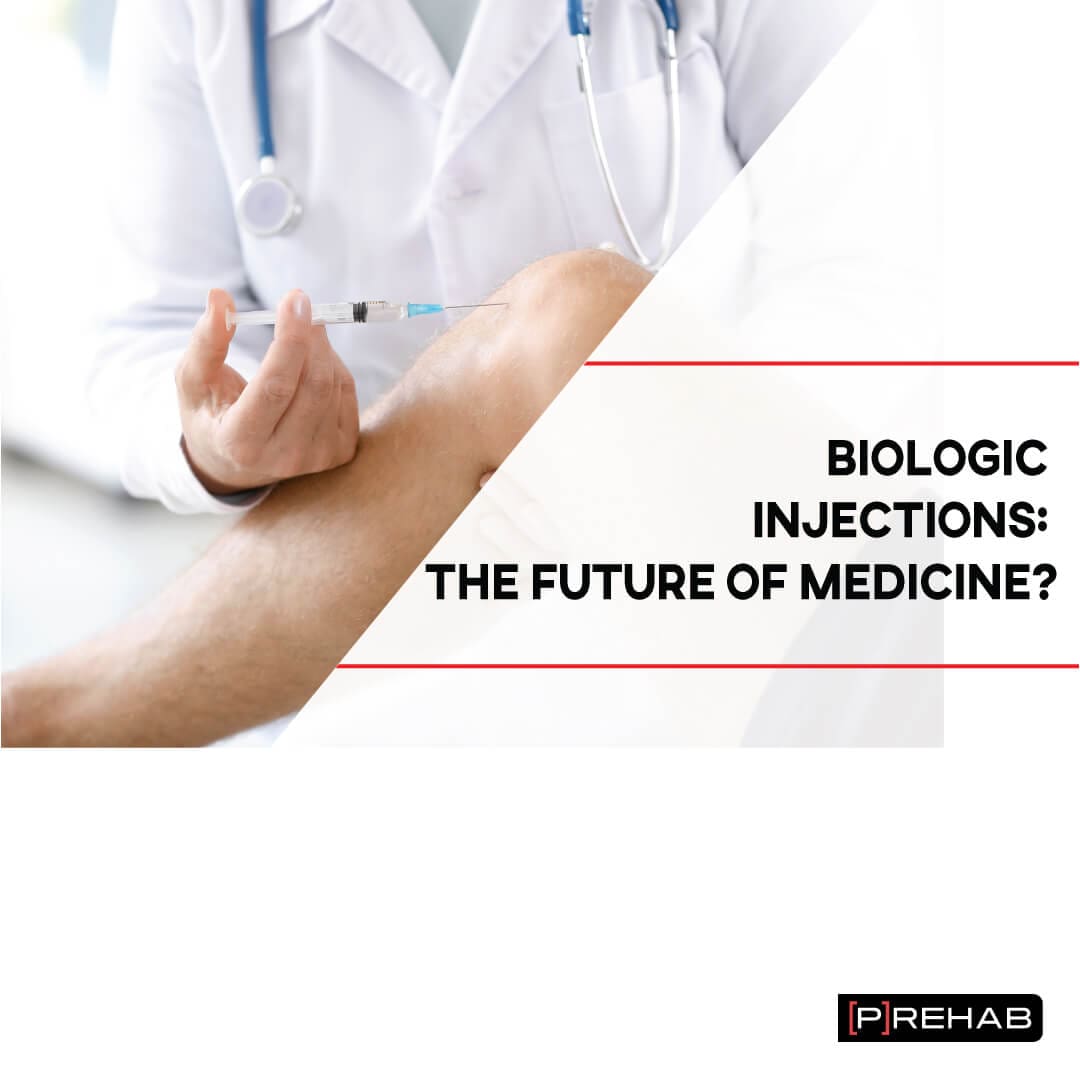
We interviewed two orthopedic surgeons from Midwest Orthopedics at Rush who is helping to shape the future of medicine and biologics. Biologics like Platelet-Rich Plasma (PRP), Bone Marrow Aspirate Stem Cell Concentrate (BMAC), corticosteroid injections, and hyaluronic acid are all the rage in medicine right now – and for good reason. Instead of having to reconstruct or repair damaged or torn tissues in the body via surgery, what if we could help relieve pain and improve function with a minimal invasive biologic injection? That is the promise of biologics and medicine. While significantly more research needs to be done to better understand how to best deliver biologics and which patients they may benefit the most, the future is very promising. As physical therapists, we will always be advocates of more conservative measures like physical therapy or biologic injections prior to more invasive options like surgery when warranted to potentially give our patients the upper hand in their rehab. Continue reading to learn more about biologics and the future of medicine!
Full Biologics And Medicine Interview with Dr. Verma and Dr. Chahla
What Are Biologic Injections?
Orthopedic conditions, whether caused by injury or degenerative disorders such as osteoarthritis and tendonitis, often linger and can be challenging to fully eradicate. To improve the healing process and alleviate pain, there’s a relatively new tool in the medical arsenal called biological injections that are available to help relieve pain and help patients back to regular life, potentially without surgery. These injections are minimally invasive and can be especially beneficial for chronic conditions like osteoarthritis. Other times, surgeons use these biological therapies to augment surgery (a combination of surgery and injections at the same time) hoping that this will accelerate the healing process.
- Biologic injections use concentrated quantities of natural constituents of our body to treat inflammation and ultimately help with healing in some cases.
- Steroid injections utilize cortisol, a hormone in the body that reduces inflammation for pain relief (among several other functions). However, steroid injections like corticosteroids tend to come with more side effects.
- A lubricant injection involves hyaluronic acid, one of the main molecules that form cartilage (the coating of the bone within the joint).
- Platelet-rich plasma (PRP) is an injection derived from people’s own blood that has been centrifuged (aka stirred like clothes in a washing machine spin cycle) to obtain platelets with proteins that can aid in healing. These are more promising than corticosteroid injections, which you can learn more about here.
- Stem cell treatments include a procedure known as bone marrow aspirate concentrate (BMAC): a sample of bone marrow undergoes the same process as PRP to obtain not only important proteins for healing (also known as growth factors) but also a small number of stem cells, which are intended to regenerate the affected diseased tissue. Note that it has not been proven to do so yet.
Biologics and The Future of Medicine: What Problems are They Helping to Solve?
There are basically 2 problems that biological injections can address. The first is treating the inflammatory environment of the joint. It’s important to note that sometimes people can have significant degeneration of the joint, but they might not have any pain. If injections can treat the inflammation and therefore the pain, what we can see in x-rays or MRI probably does not matter. It is all about the pain and function. So, as long as you have no complaints, no further treatment will be necessary.
READ: MRI FOR LOW BACK PAIN CAN CAUSE MORE HARM THAN GOOD
Regenerative Medicine At Rush
This video is with Neurosurgeon Dr. Richard Fessler, who is discussing biologics and medicine. The second scenario is when there is a chronic injury that causes pain. This could be the case with tennis elbow or patellar tendonitis. When the disease has been there for too long, the body does not recognize it as a source of pathology and stops trying to heal itself. The first step in the healing process is inflammation. Therefore, biological injections can help resume the healing process by jumpstarting the first stage of healing.
The Most Detailed and Comprehensive Exercise Programming
We not only want people to make movement a part of their lifestyle but to make movements INTENTIONAL and PURPOSEFUL! This is why we place such importance on the delivery of explanations for our exercises! Learn more about the [P]rehab Exercise Library HERE.
The Most Popular Types of Biologic Injections
Corticosteroid Injections
Steroid medicines act like the hormone cortisol, which works on our own defense system to reduce inflammation in the body. Because most bodily cells have cortisol receptors, it also affects many other functions: cortisol helps control blood sugar levels and blood pressure, regulates the metabolism, and affects salt and water balance. Decreasing inflammation usually translates into pain relief. Several steroid drugs are FDA-approved to treat osteoarthritis, although there are conflicting reports on which one is most effective. Triamcinolone (Kenalog) is the most consistently regarded as the best type of steroid for knee osteoarthritis.
Cortisol injections are more beneficial when there is not a lot of knee joint damage; thus, knees with advanced osteoarthritis are less likely to see good outcomes from these injections. The knee joint is contained within a bag called the capsule. Thus, an injection into any point of the knee will result in diffuse action of the liquid injected, regardless of the needle entry site. The needle needs to enter the capsule in order to take effect. Corticosteroids work faster than any other biologic injections, but their effects don’t usually last long – only about four to eight weeks. Icing the knee after the injection and relieving the joint from impact (elliptical, biking, or swimming instead of walking, running, or jumping) have been shown to improve results.
Corticosteroid injections are considered safe when given with enough time between each other, at least three to four months apart. It’s possible to have side effects, such as irritation of the joint (redness, warmness, and pain), an increase in blood sugar levels (which should be considered in people with diabetes), and a thinning of the bone structure around the knee (which is rare).
LISTEN: GETTING EDUCATED ON CORTISONE INJECTIONS WITH DR. ALEX WEBER
Gel Injections (Hyaluronic Acid)
A healthy knee joint has up to four milliliters of joint fluid within the joint. Inside the joint capsule, specialized cells known as synoviocytes produce the components of this joint fluid: hyaluronic acid (which is also one of the main components of cartilage), salts, collagen, and different proteins. Hyaluronic acid (HA) gives the joint fluid its viscous, slippery quality. It acts as a shock absorber and lubricant in your knee joint and is needed to help the joint work properly, allowing the cartilage surfaces that coat your bones to glide on each other smoothly. When the cartilage wears off, such as in the case of osteoarthritis, more fluid is produced in an attempt to improve the gliding of the surfaces and also to diminish the inflammation. Joints affected by osteoarthritis typically have a lower concentration of hyaluronic acid in their joint fluid than healthy joints and therefore less protection against joint friction and impact. This condition further accelerates the joint degeneration process, setting in place a vicious cycle. A gel injection may artificially supplement the joint fluid’s natural viscosity—this is known as viscosupplementation.
Hyaluronic Acid and Osteoarthritis of the Knee
By injecting an engineered normal fluid component, doctors hope to temporarily lubricate the knee joint, thereby decreasing pain, improving function, and perhaps even slowing the degeneration process. Interestingly, viscosupplementation seems to work, but not for the reasons initially expected. The injected fluid doesn’t stick around for long in your joint—it’s frequently cleared within a day or two. Even so, pain relief can last months following a single injection or sequential HA injections. Several researchers have found that viscosupplementation provided a clinical improvement in pain and function compared to all other treatment modalities for up to twenty-six weeks, with significant improvements when compared to pre-injection.
It’s thought that viscosupplementation works because of its anti-inflammatory actions. Briefly, in osteoarthritic knees, HA that is normally in the joint binds to proteins that promote inflammation and tissue damage. Injecting large amounts of HA may clear the knee of these inflammatory complexes, alleviating the pain symptoms that result from its presence. Several versions of hyaluronan gel injections are used to treat the symptoms of knee osteoarthritis. Their effectiveness is closely related to the preparation. The natural fluid of the knee is extremely viscous (heavy). Gel products that are similar in viscosity to natural joint fluid are thought to be more effective. Still, not all heavy gels are equal since the natural hyaluronan is only one molecule, and sometimes engineered HAs are composed of multiple smaller pieces of HA put together to make it heavier.
There are two common regimens: one single viscous injection or multiple injections are given every week or every other week. They also showed that viscosupplementation was generally deemed safe with few to no treatment-related adverse effects reported across studies. The most common side effects of viscosupplementation are pain, swelling, and inflammation at the site of injection. Infrequently, these symptoms are pronounced enough to require immediate medical care. Additionally, a small number of people have an allergic reaction to the injected material. You should let your doctor know if you have allergies to eggs, bird feathers, or other bird products, because some viscosupplementation injections may spur an allergic reaction. Finally, although it is highly unlikely, any injection into the knee carries a risk of infection. When the pain relief wears off, you may get another series of injections.
Dealing With Soreness In Your Muscles From Exercise? Watch This For Quick Tips To Improve Recovery!
Platelet Rich Plasma (PRP)
Blood has four main components: red blood cells (RBCs), white blood cells (WBCs), platelets, and plasma. Platelets are tiny blood cells that are mainly in charge of blood clotting; they transport over 1,500 proteins responsible for stimulating the proliferation of new cells and collagen (one of the main components of cartilage) and suppressing inflammation and cell death. Plasma is the fluid that carries all the other blood cells. PRP injections aim to deliver a large number of platelets to injured tissues in the hope that they can help an injury heal better and faster. Platelets play a fundamental role in healing because they are a natural source of growth factors (proteins), which are stored in small bags within the platelets called α-granules. Growth factors are involved in the important stages of tissue healing and regenerative processes. They tell your body to send the proteins needed for regeneration.
READ: WHAT YOU NEED TO KNOW ABOUT TISSUE HEALING
PRP Success Story For Tennis Elbow
PRP injections are made from your own blood, which is collected and then centrifuged at varying speeds until it separates into layers. Different types of blood cells have different weights. If blood is treated to prevent clotting and permitted to stand in a container, the RBCs, which weigh more than the other components, will settle to the bottom; the plasma (liquid) will stay on top, and the WBCs and platelets will remain suspended between the plasma and the RBCs. To accelerate and refine this process, a PRP machine is typically used to centrifuge the blood. This is carried out to exclude RBCs from the injection solution, as these are detrimental to the joint. Furthermore, recent research has found that too many WBCs are also disadvantageous to the joint because they cause more inflammation. Therefore, platelets and plasma (which also have numerous growth factors) constitute the most beneficial parts of the blood when treating a joint. The whole centrifuge process takes approximately twelve minutes and produces a platelet concentration of three to five times that of the original plasma. (The number of platelets needed is not well understood, nor which growth factors are more favorable to produce the desired effects).
PRP Preparation and Injection
PRP has been shown in multiple clinical trials to be more effective than placebo, steroid, and gel injections for the treatment of osteoarthritis symptoms. As with other biological injections, multiple studies have concluded that better results can be achieved in early versus advanced osteoarthritis. When compared to corticosteroid injections for advanced knee osteoarthritis, there were no major differences in outcomes, although the magnitude of improvements tended to be greater in the PRP group. Quality-of-life and general health perception differences at six months after the injection were significantly better for the group treated with PRP. A combination of a PRP injection with an HA gel injection may have an even more powerful effect, by enhancing the potential of both injections to attract your own body-healing proteins. PRP is an up-and-coming component of biologics and medicine.
The Prehab membership is the anti-barrier solution to keeping your body healthy. Access state-of-the-art physical therapy, fitness programs, and workouts online in the comforts of your own home or gym! Taking control of your health with exercise & education from the palm of your hand has never been easier. Get access to 50+ programs, 100+ unique workouts, and 3000+ exercises to build your own workout routines. Trial it for free, and learn how to get out of pain, avoid injury, and optimize your health with [P]rehab!
Stem Cells (Typically BMAC Injections)
Many patients with knee injuries and osteoarthritis are interested in stem cell treatments because of their potential for tissue regeneration. Stem cells are a group of cells from your own body that has the possibility to become any type of cell in the future depending on the signals they receive. When you are conceived, you are composed of many stem cells that end up forming your organs and different tissues. This group of cells is powerful when you are born, and at that time their healing potential is strong. Throughout life, organs and tissues are constantly changing their cells; dead cells are replaced by new cells derived from your own stem cells. As you grow up, the number of stem cells you have diminishes, stem cells start to lose their potential to regenerate, and aging signs become evident.
Biologics: Stem Cell Therapy Success Story for Mild Hip OA
Besides having a regenerative potential, stem cells are powerful signaling cells: this means they can regulate the body’s inflammatory response, and they can organize which proteins are needed in each case. Because of this ability, stem cells have been proposed as a potential regenerative source for patients with osteoarthritis, which has yet to be proven in vivo. For treatment purposes, stem cells can be extracted from blood, bone marrow, fat, muscle, and virtually every tissue in the body. Research efforts are currently focused on determining the ideal source for harvesting these cells.
Stem Cell Harvesting Process
Here it is important to differentiate between two methods of stem cell treatment. One is single harvesting (known as aspiration) of the cells, which can be further concentrated via a centrifugation process similar to the one described for PRP and injected. The other, culture-expanded stem cell therapy (aka true stem cell therapy), is more targeted. The stem cells are isolated through chemical processes, tested for their regenerative capacity, cultured for a couple of weeks so that they multiply, and then reimplanted in the injured area. The first method is widely available in the US and it is the only one approved by the FDA so far. More or less 50000 cells are concentrated this way, however, with the second method 50 million cells can be obtained. This is not approved in the US for clinical use and several animal studies are currently being done.
Closing Thoughts On Biologics And Medicine
The future is bright and it is very exciting! You may ask, what was done before biologics were available? In the past, cortisone injections were one of the only injections available. However, this is still the first line of treatment in our hands because it is inexpensive, insurance companies are more likely to approve it, and efficacious in several cases. If they do work but their effect is not durable, other types of injections can be utilized. Biologics are promising because of multiple reasons: their anti-inflammatory effects can last for longer, so far there are no side effects reported with multiple injections, and they also have the potential of treating the actual disease (however, this has not been yet proven). So what is the next step in research to support this? Customizing these therapies for each pathology and better understanding the indications, how to deliver these therapies, and how to measure outcomes. We also need to better understand long-term outcomes.
Provide Better Programming For Your Clients
Visual demonstrations help to provide correct and appropriate movement patterns when first learning a movement, educational videos and assessments, and more! Gain access to the most comprehensive exercise library here.
Please Do Your Homework If Considering a Biologic Injection!
About the Authors
Dr. Jorge Chahla

Dr. Nikhil Verma
